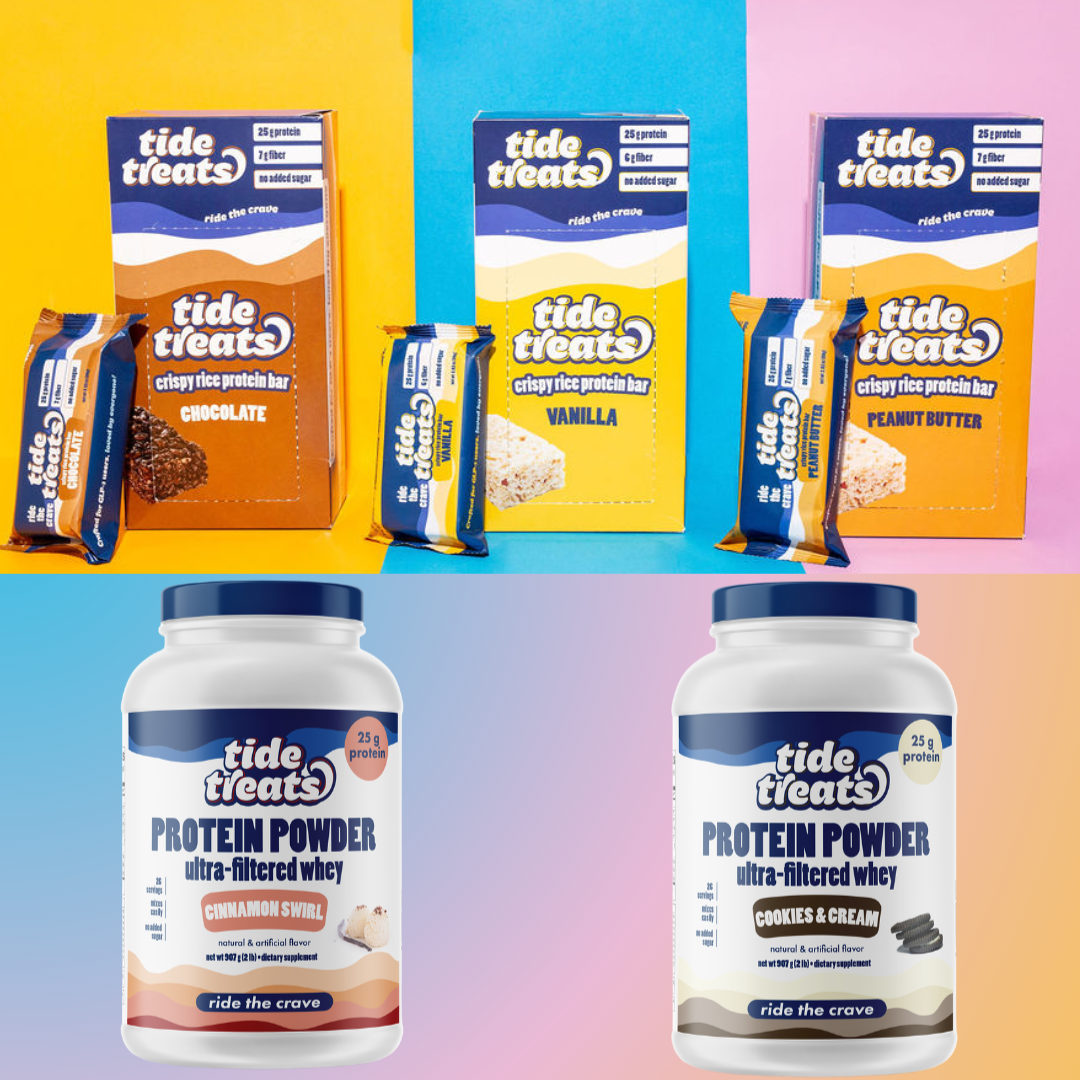Building Lean Muscle While Losing Weight: The GLP-1 Advantage
One of the most challenging aspects of any weight loss journey is preserving—or even building—lean muscle mass while shedding fat. Traditional calorie-restricted diets often result in both fat and muscle loss, but GLP-1 medications like semaglutide and tirzepatide are changing this paradigm. When used strategically with proper nutrition and exercise, these medications can create an optimal environment for the seemingly contradictory goals of losing fat while gaining muscle.
Understanding the GLP-1 Muscle-Preservation Advantage
GLP-1 receptor agonists work differently than traditional weight loss methods. While they do promote weight loss through appetite suppression and delayed gastric emptying, research suggests they may offer unique benefits for body composition:
- Preferential fat loss: Some studies indicate GLP-1 medications may target fat tissue more specifically than other weight loss methods
- Improved insulin sensitivity: Better glucose regulation can enhance nutrient delivery to muscles
- Reduced inflammation: Lower systemic inflammation supports optimal recovery and muscle protein synthesis
- Preservation of metabolic rate: Maintaining muscle helps prevent the metabolic slowdown often seen with weight loss
However, these potential advantages only translate to real-world results when combined with appropriate exercise and nutrition strategies.
The Protein Paradox: Solving the GLP-1 Challenge
The greatest hurdle for muscle building on GLP-1 medications is consuming adequate protein while appetite is suppressed. Most adults need between 1.6-2.2g of protein per kilogram of body weight daily to build muscle, which can feel impossible when you're rarely hungry.
Strategic solutions include:
-
Prioritize protein at every eating opportunity
- Start each meal with the protein portion
- Choose nutrient-dense, protein-rich foods that provide maximum nutrition in smaller volumes
-
Leverage protein supplements wisely
- Whey protein isolate or plant-based protein powders mixed into smoothies
- Protein-fortified foods that deliver complete amino acid profiles
- Protein bars specifically formulated for easy digestion (look for options with minimal sugar alcohols, which can worsen GI symptoms)
-
Time protein intake around workouts
- Consume 20-30g of high-quality protein within the 2-hour window following strength training
- Consider easily digestible forms when appetite is limited
Strength Training: The Non-Negotiable Element
While nutrition creates the building blocks, strength training provides the stimulus necessary for muscle growth. On GLP-1 medications, these principles become even more important:
Effective strength training strategies include:
-
Progressive overload focus
- Gradually increase weights, reps, or sets over time
- Track progress to ensure you're continually challenging your muscles
- Aim for 8-12 repetitions with weights that challenge you by the final rep
-
Compound movements for efficiency
- Prioritize squats, deadlifts, presses, rows, and pull-ups
- These multi-joint exercises stimulate more muscle fibers and trigger greater hormonal responses
-
Appropriate volume and frequency
- Train each muscle group 2-3 times weekly
- Allow 48 hours recovery between sessions targeting the same muscle groups
- Start with 3-4 sets per exercise and adjust based on recovery capacity
Recovery Optimization While on GLP-1s
Recovery becomes especially important when caloric intake is reduced. Focus on these recovery-enhancing strategies:
-
Prioritize sleep quality and quantity
- Aim for 7-9 hours of quality sleep nightly
- Establish consistent sleep/wake cycles
-
Manage training intensity
- Monitor recovery markers like resting heart rate and perceived exertion
- Incorporate deload weeks every 4-6 weeks
- Be willing to reduce volume during periods of limited caloric intake
-
Support recovery through nutrition
- Focus on anti-inflammatory foods
- Ensure adequate micronutrient intake through diverse food choices
- Consider targeted supplementation if blood work indicates deficiencies
Realistic Timeline and Expectations
Building muscle while losing fat—even with the GLP-1 advantage—requires patience and realistic expectations:
- Beginners may see simultaneous muscle gain and fat loss within the first 3-6 months
- Intermediate trainees might experience body recomposition at a slower rate
- Advanced individuals may need to implement strategic "maintenance phases" where calories are temporarily increased to support muscle growth
Monitoring Progress Beyond the Scale
When building muscle while losing fat, traditional progress markers can be misleading. Instead, track:
-
Body composition measurements
- DEXA scans or bioelectrical impedance analysis every 2-3 months
- Circumference measurements of waist, hips, chest, arms, and thighs
-
Performance metrics
- Strength improvements across key lifts
- Endurance and recovery capacity
- Energy levels during workouts
-
Visual assessments
- Monthly progress photos taken under consistent conditions
- Changes in muscle definition and overall body shape
The Takeaway: A Strategic Approach
Building muscle while losing weight on GLP-1 medications isn't just possible—it may be more achievable than with traditional dieting approaches. The key lies in strategic protein intake, progressive strength training, and optimized recovery practices.
By leveraging the unique metabolic effects of GLP-1 medications while addressing their challenges, you can transform your body composition more effectively than through diet alone, creating not just weight loss but a stronger, more metabolically active physique.
Always consult with healthcare providers before beginning new exercise programs or making significant changes to your nutrition plan, especially when using prescription medications.


